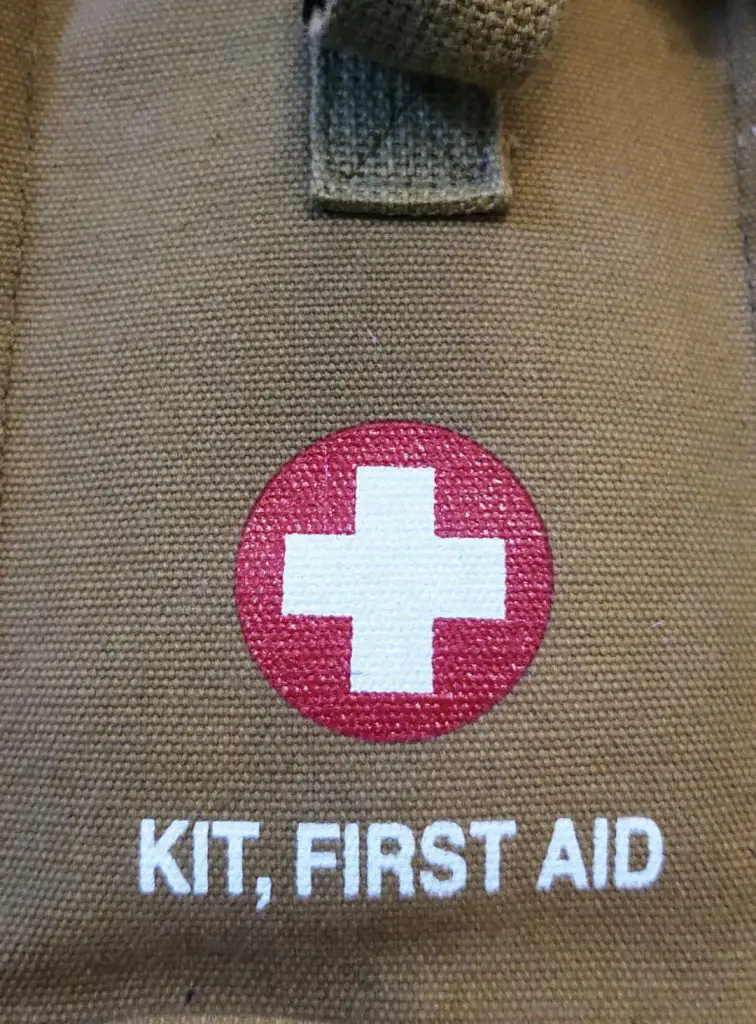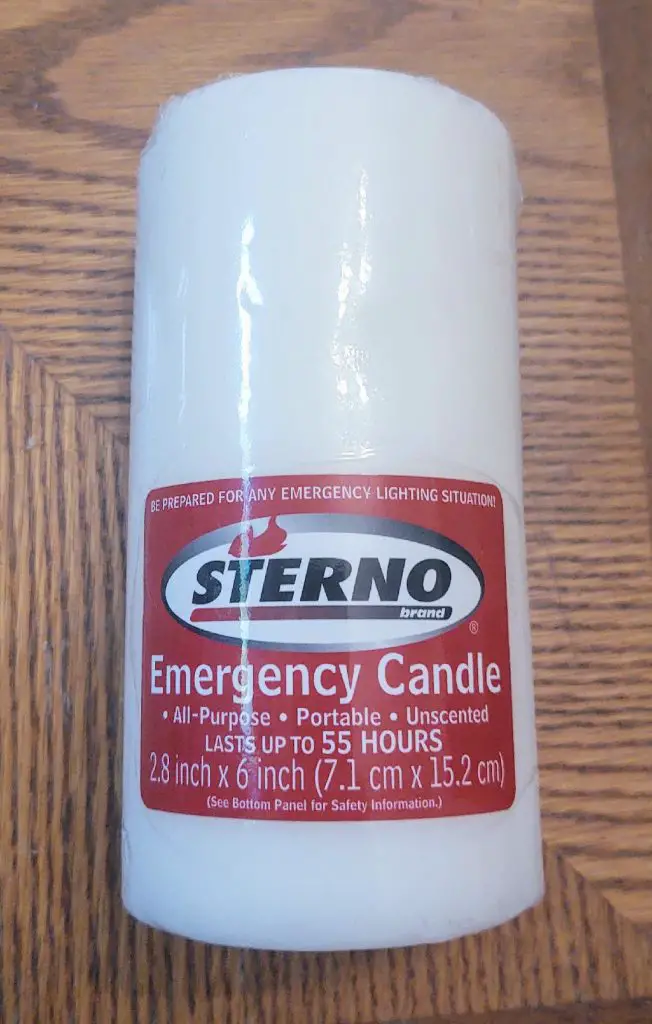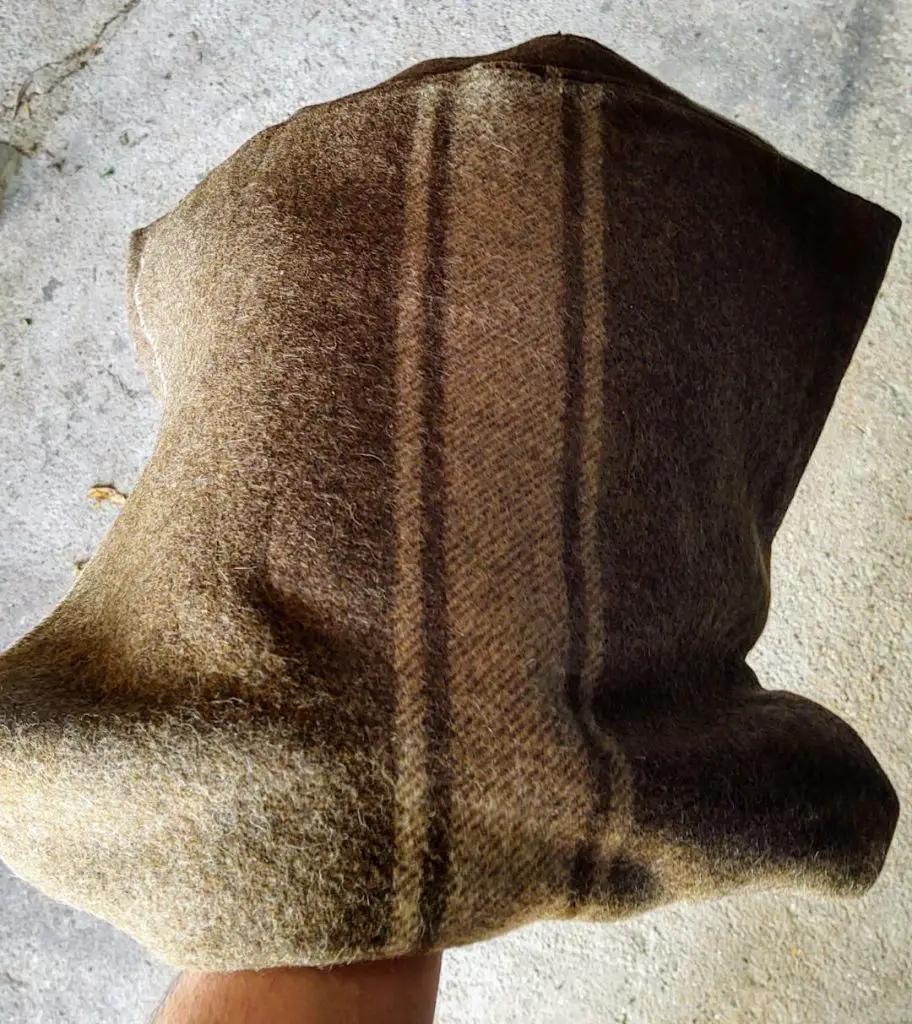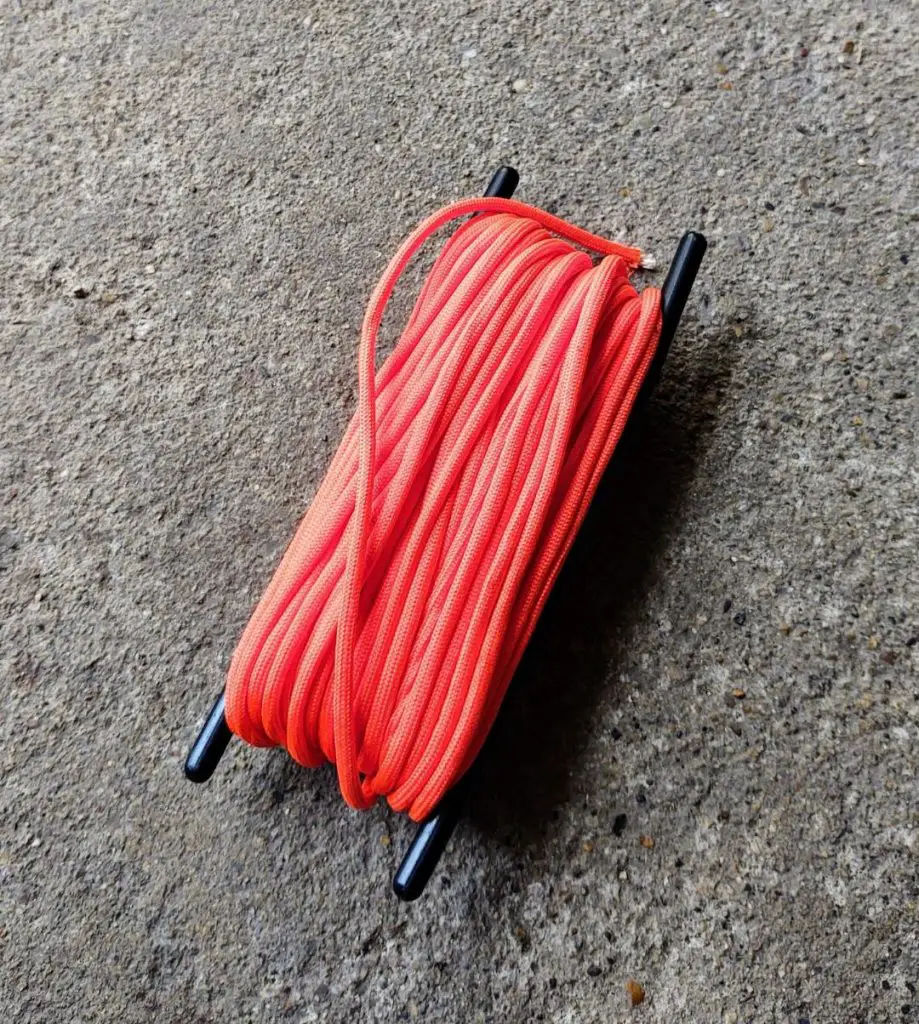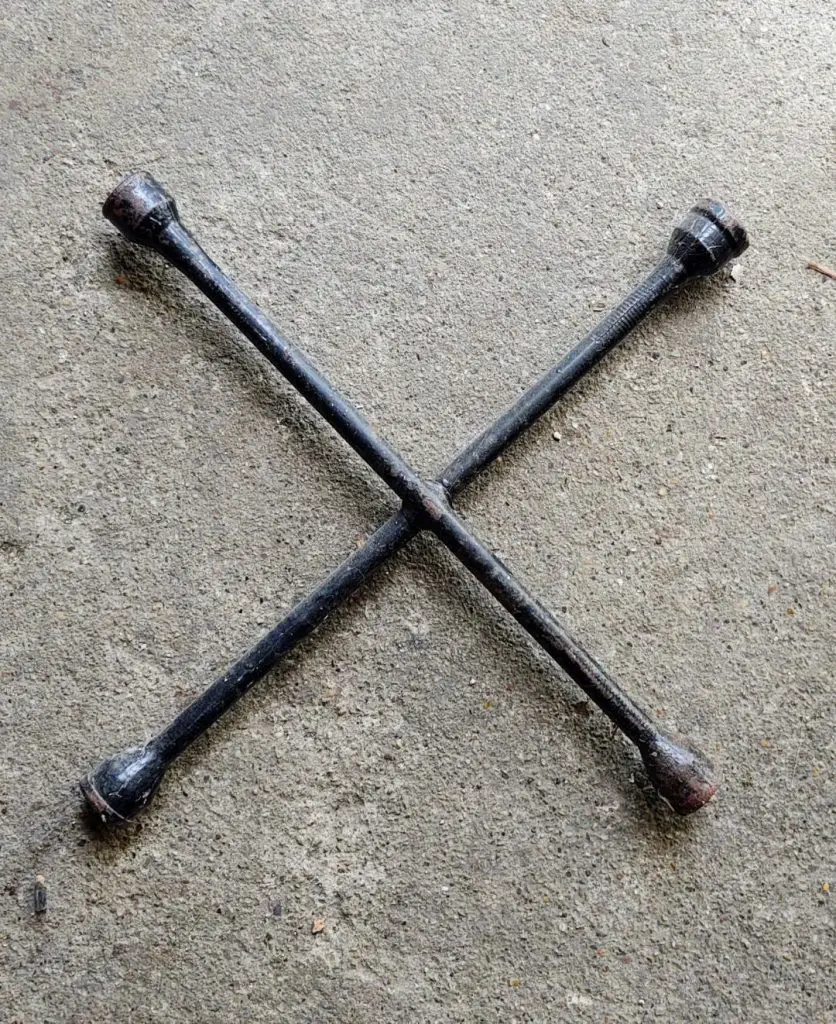Having a survival kit in a personal vehicle is something that is often overlooked. Given how technologically connected we are, even in our vehicles, I can understand one’s lack of desire for a car survival kit.
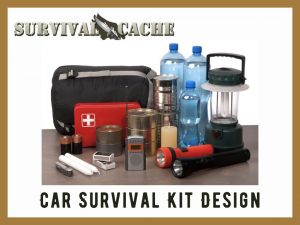
After all, you are only driving 15 minutes away or a few miles outside of town. Help will always be available, right? Unfortunately, “help is always available,” is the answer I have heard more than I would like to. That answer I still hear today as the reason someone does not need to know how to change a flat tire, give first aid, pack a survival kit, etc. No matter what happens people still believe that help will always be a phone call away. But sadly, that is not the case.
There are too many reasons to list why help would not be available or available in a certain timeframe. Instead of assuming help will always be there I highly encourage everyone to take advantage of the space in their vehicle to have a survival kit. Normally, we are limited by what we can pack in survival bags because of weight. But that is not an issue with a vehicle so very robust kits can be made.
SKIP AHEAD
Plan For Your Region
While different survival kits share similarities, they are not all the same. It is best to take the time to plan out the kit to determine what is best for you and the region you live in.
For example, a person living in Alaska will have different items in their kit than a person living in the suburbs of Chicago. There will be items that cross over but it is important to take the time to customize the items for your situation.
The following is a list of items I have found useful to have in my vehicle for when things do not go according to plan. I will break up the list into two sections. The first section will cover items that are more specific to the vehicle itself while the second half will cover the survival kit. Please use the list as a foundation to start your kit and add or take away items as you see fit.
Types Of Gear To Have In Your Car Survival Kit
Tools
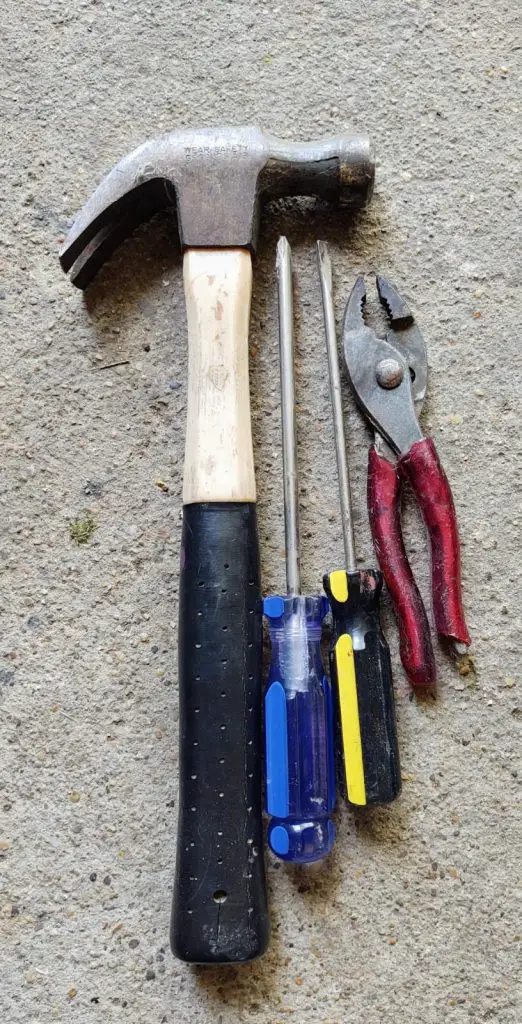
A complete tool kit would be ideal but at a minimum, I include screwdrivers, pliers, wrench, tire pressure gauge, and a hammer.
Vehicle Escape Tool
This tool should include a seatbelt cutter and a glass breaker. I recommend keeping the tool in an easily accessible location.
We highly-recommend a multi-purpose flashlight that can be used as a light, glass breaking tool, seatbelt cutter, and is compact enough to be accessible from your glove box. The ProCharge Survival Flashlight has all of these features and more.
Entrenching Tool
An entrenching tool is a small shovel that can be helpful in a variety of situations such as digging out a stuck vehicle from mud or snow.
We did a deep-dive article on survival shovels. If you are in a hurry, the EVATAC Shovel and the EST Gear Shovel are our favorites.
Jumper Cables
There is nothing more frustrating than being stuck somewhere due to a “dead” battery. Having a pair of jumper cables or an emergency battery jump starter on hand can help you get back on the road quickly.
Oil and Antifreeze
Maintaining oil levels is one of the simplest and most important tasks to keep a vehicle running. Have at least a couple of quarts on hand. Throw in an extra jug of antifreeze as well.
Spare Gas Container
I will grudgingly admit that there have been a few times I have run out of gas. Luckily, I was within walking distance of a gas station and used my gas container to bring fuel back to my vehicle. A small container is worth having because some fuel stations do not sell them.
Windshield Wiper Blades and Washer Fluid
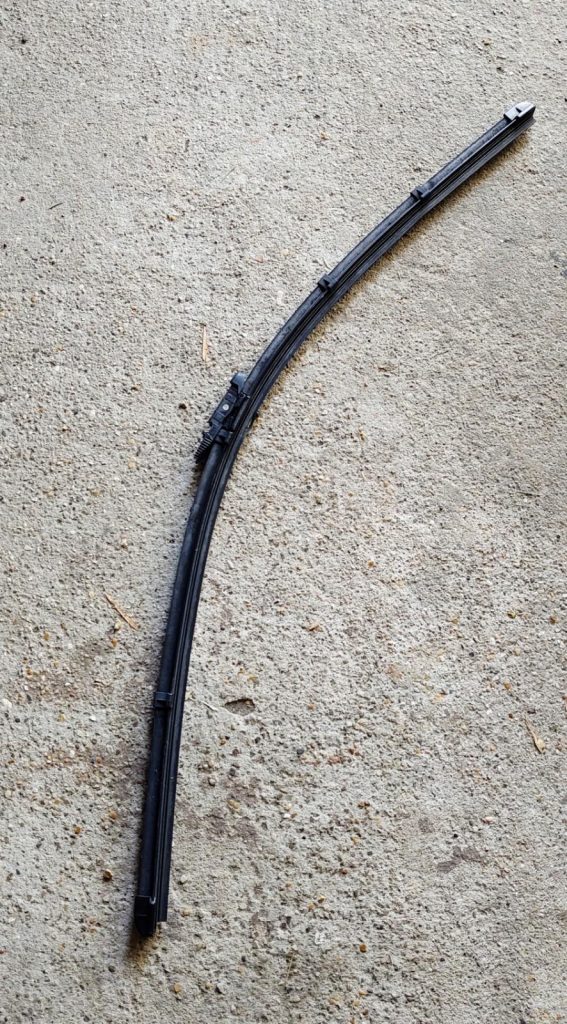
If you have ever driven in adverse weather conditions with a broken wiper or no washer fluid, then you know how important these two items are to maintaining proper visibility. A quick example.
I live in a region that receives a lot of snow in the wintertime. This means that the roads get salted regularly. Snowmelt and salt get kicked up onto my windshield where it dries, leaving a white paste. If it is not cleaned off it severely reduces visibility and can be blinding when the sun is in front of me. I remember one time that I had to pull off the main road because I had run out of fluid and I literally couldn’t see more than ten feet in front of me. But because I had extra washer fluid, I was able to fix the problem and continue on my way.
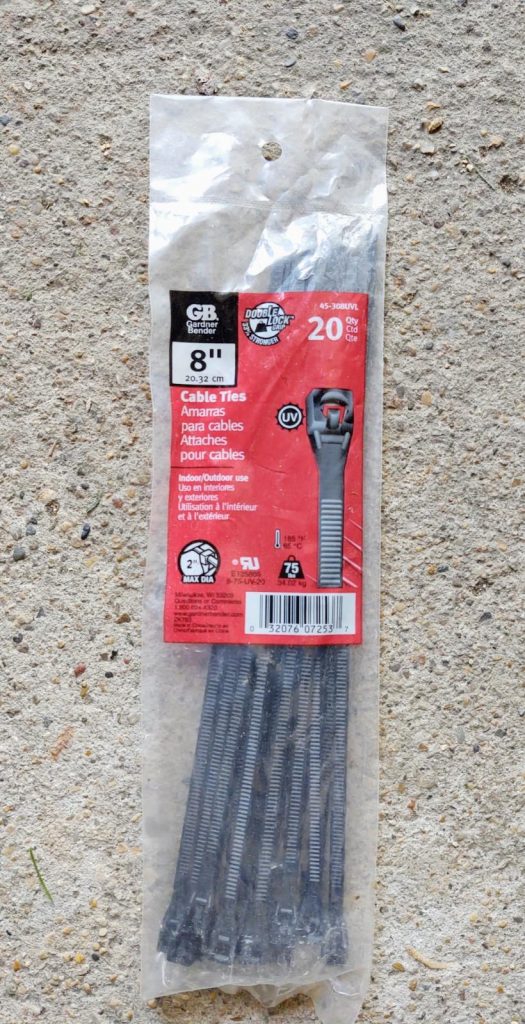
Zip Ties
Cheap and they do not take up much space, zip ties have a multitude of uses from securing loads to holding things together.
Spare Tire
Luckily, most vehicles come with a spare but if you have a used vehicle double check that you have one. Check the spare several times a year for proper tire pressure and that any mounting hardware has not become rusted in place. Also, make sure that the proper tools for changing a tire are in the vehicle and are in good working order.
Flares
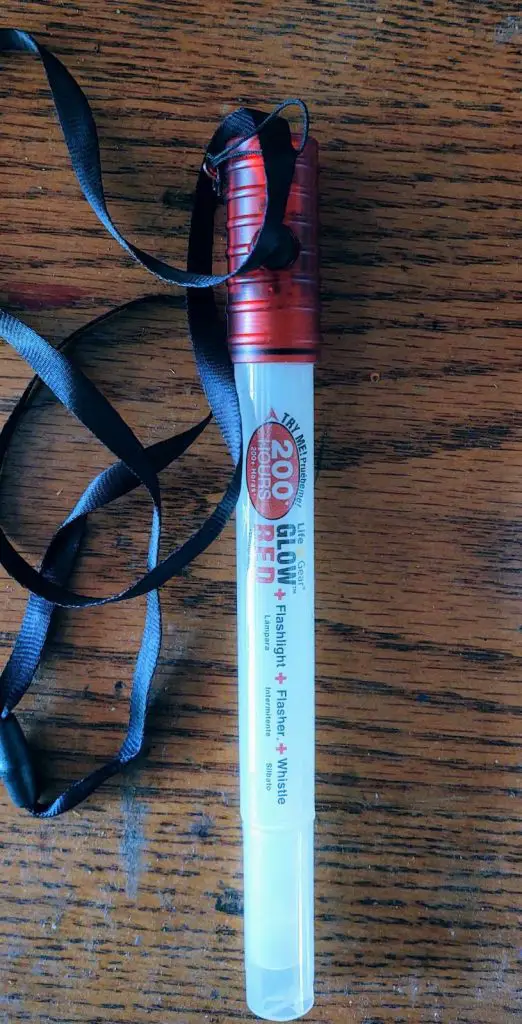
Flares can be picked up at most stores that sell automotive parts. They can be used to signal other motorists to slow down, keep their distance, or that you need assistance. In a survival situation, they can also be used to start a fire.
Flashlight
Not just for after the sun goes down. Even during the day, it can be hard to see underneath a vehicle or in the engine compartment.
The ProCharge Survival Flashlight is jam-packed with the ideal features in a flashlight.
Duct Tape
Duct tape is one of those items that has a million and one uses. It can be used to hold up a broken bumper, a temporary hose patch, and hold together cracked plastic or glass just to name a few.
Fuses
Sometimes a vehicle problem can be due to a bad fuse. Most fuse boxes are easy to access and changing one is as simple as pulling the bad one out and inserting a new one. Most automotive stores sell small fuse kits that are very affordable.
Road Atlas
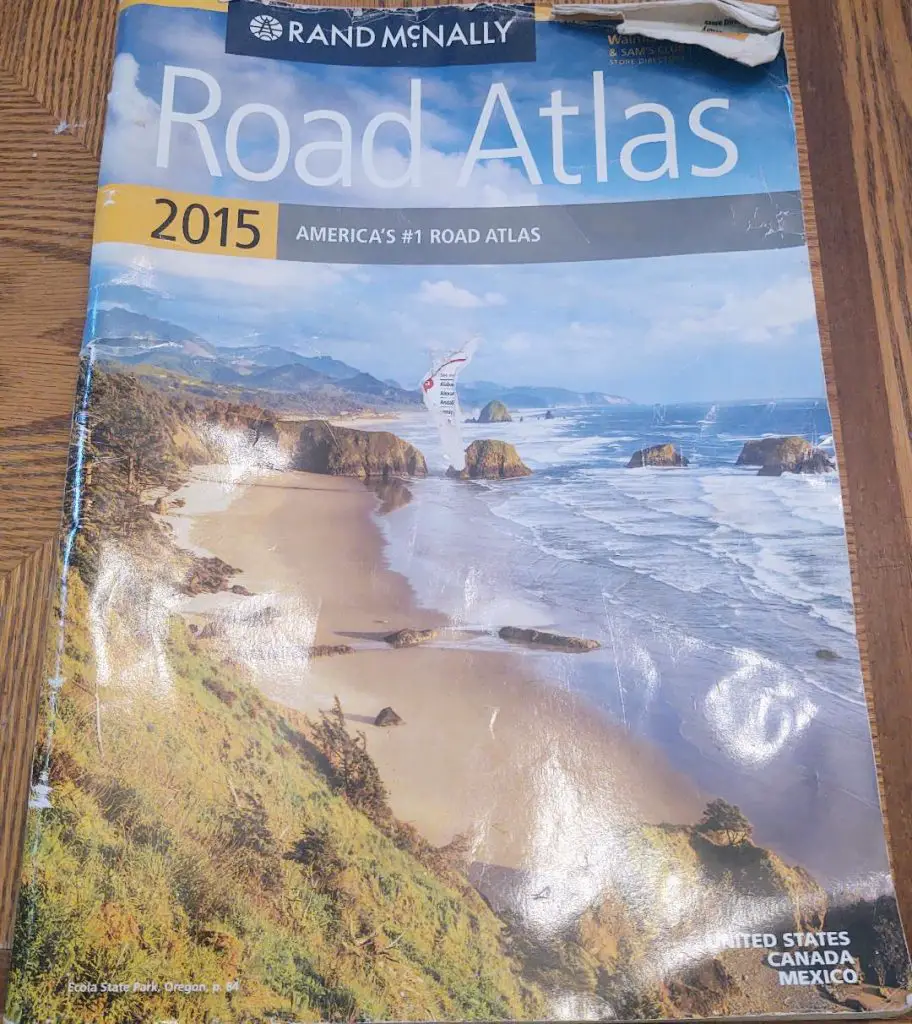
Some may think having a physical map in their vehicle is outdated, but that does not mean it is not helpful. Electronics can stop working for several reasons rendering GPS software unusable. Having something as simple as a road atlas can let you know where you are and how to get where you need to be.
We cover more details about maps to carry here.
Stationary
Believe it or not, pen and paper can be useful to have in your vehicle. A few uses for it would be
- Exchanging information after an accident
- Writing down directions
- Keeping track of pertinent information
- Leaving a note on your vehicle should you need to leave it.
- If nothing else, you can entertain yourself by playing tic-tac-toe while waiting for a tow truck.
Flat Tire Inflation Kit
Self explanatory. You should have one of these ready-to-go kits in your car so you can patch up tires.
Fire Starters
You may be stranded for a while until help arrives. In that case, a Ferro rod, matches, and lighters will come in handy.
Make sure to read out guide on creating a fire kit which you can keep in your car.
My Car Survival Kit: Example
The following items I recommend having in your vehicle’s survival kit for times when you may become stranded or worse. Generally, I would recommend a kit that resembles the items used in a 72 Hour Bag.
Here are items that I keep in my car survival kit at ALL times:
- Extra Clothing. Extra socks, undergarments, shirts, pants, shorts, and footwear such as tennis shoes or boots. Add raingear and cold-weather clothing as needed. Do not forget a hat and sunglasses.
- Work gloves. You never know what you may have to handle. Include a pair of work gloves to protect your hands.
- Water. Have a minimum of several bottles of water. Also, include a water bottle and purification tablets or a filter.
- Food. Think road trip snacks, prepackaged items that will last for quite a while. Items like trail mixes, jerky, nuts, and energy bars. Simple items that do not require cooking or refrigeration will be best.
- Shelter. I would recommend a large durable tarp. Should the vehicle become uninhabitable, this will allow for camp to be easily set up just outside. It can also be used to weatherproof the vehicle if there is structural damage, like broken windows.
- Fire. Lighters, matches, ferrocerium rod, magnifying glass, and survival tinder. A fire should not be started inside the vehicle but outside fire can provide many benefits.
- Flashlight. I recommend a crank-style flashlight so that you do not have to worry about batteries, or potentially a solar flashlight
- Radio. Other than having good tunes on hand, radios can provide important information such as weather updates. I would recommend one powered by solar or a crank style.
- Emergency Candle. It can provide light while preserving other resources like the car battery. I recommend Sterno Emergency Candles because some of them can burn for up to 100 hours.
- Small stove and cookware. Will come in handy should the situation last longer than the short-term food that was packed.
- Fixed blade knife. Knives are extremely versatile tools, so it is always good to have one. Check out our top knife choices.
- Multi-tool. Just like a knife, these handy little tools are incredibly useful and invaluable.
- Basic First Aid Kit. Unless you have medical knowledge, a basic first aid kit should be good enough. Most basic kits include band-aids, gauze, tape, anti-inflammatories, antidiarrheals, fever reducers, burn gel, tweezers, antibiotic cream, gloves.
- Cordage. I usually choose 550 paracord because it is incredibly versatile.
- Navigation. Having a physical map and a compass will be helpful should you decide to self-rescue.
How do you pack all of these items? Since weight is not an issue, you can really use any type of backpack that is easy to grab and visible. We reviewed the best backpacks in this article. We recommend the EVATAC Combat Bag, or the Condor Assault Pack.
Vehicle Survival Checklist
We have broken down the above article, with a few added items, into a checklist to make sure you have everything you need in your vehicle.
Tools
- Screwdrivers
- Pliers
- Wrench
- Tire pressure gauge
- Hammer
- Vehicle escape tool i.e., seat belt cutter and glass breaker
- Entrenching tool
Battery
- Jumper cables
- Battery terminal cleaner
- Emergency vehicle battery charger
Fluids
- Oil
- Antifreeze
- Spare gas container
Visibility
- Windshield wiper blades
- Windshield fluid
- Ice scraper
Signaling
- Flares
- Flashlight
Tire
- Spare tire
- Jack
- Tire wrench
- Flat tire inflation kit
Navigation
- Road atlas
- Compass
Miscellaneous
- Stationary i.e., ballpoint pen, pencil, permanent marker, paper
- Cell phone charger
- Powerpack for charging devices
- Zip ties
- Duct tape
- Fuses
- Paper towels
- Wool blanket
Emergency Kit
- Extra clothing and footwear
- Work gloves
- Sunglasses
- Water
- Water bottle
- Water filter
- Food
- Shelter i.e. a tarp
- Emergency blanket or bivvy
- Lighter and matches
- Flashlight
- Emergency radio
- Emergency candle
- Small cookstove and cookware
- Fixed blade knife
- Multitool
- First aid kit
- Cordage
- Map and compass
Wrap Up
As you can see, a lot of helpful items can be packed into a vehicle. The above list is merely a guide as every vehicle is different in the amount of space available. But please use it as a guide in creating a car survival kit that is right for you.
P.S. The great thing is that all these items can go with you wherever you go without you ever breaking a sweat.


